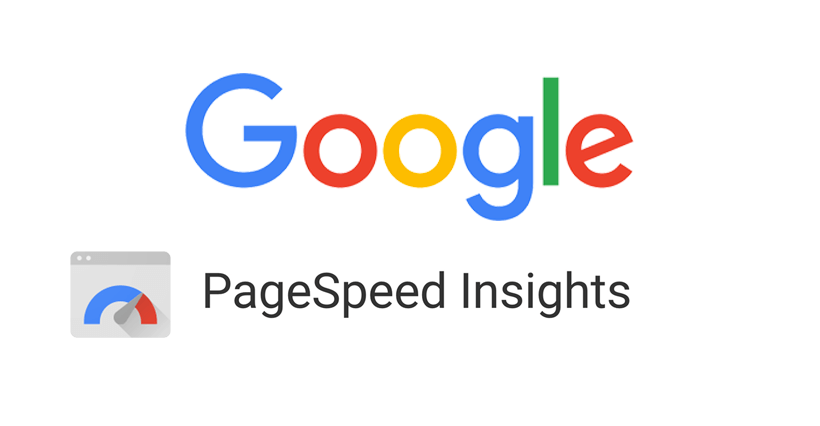
How Do Google PageSpeed Scores Impact SEO?Įvery online user loves a fast loading website. The overall score takes the average of all the metrics above and more and gives a result that shows if a particular website is both technically up to speed and provides the right user experience. Cumulative Layout Shift: Meaures the movement of visible elements within a viewpoint.Speed Index: Speed Index measures how quickly content is visually displayed during page load.Time to Interactive (TTI): Measures the time it takes for the website to be rendered and ready for user input.Total Blocking Time (TBT): Measures a web page's load responsiveness to quantify how long a page is non-interactive prior to becoming interactive.Largest Contentful Paint (LCP): Measures the time it takes to load the main content on a web page.First Contentful Paint (FCP): Measures the time at which a display element is displayed in the browser for the first time.There are Top 6 measurements of Google PageSpeed: 50 to 90 is a score that needs some improvement, and below 50 is considered poor. A score of 90 or above is considered very good.

This score is determined by running Lighthouse to collect and analyze diagnostic information about the web page. It provides a score which summarizes the web page’s simulated performance.

Google PageSpeed Insights (PSI) uses Lighthouse to analyze any entered URL, generating a performance score that estimates the webpage's performance on some of the most important metrics, including: First Contentful Paint, Largest Contentful Paint, Speed Index, Cumulative Layout Shift, Time to Interactive, and Total Blocking Time. Google PageSpeed Insights, on the other hand, refers to the algorithm score from 1-100 that Google gives a website when tested through their PageSpeed Insights API, a web tool that measures loading speed while also checking front end user experience and underlying code. This can be measured by the naked eye and testing tools like SEOCentralTools Page Speed Tool. A website Page speed refers to the time it takes for a web page to load without the need to check the underlying code. It is important to point out that there is a difference between Google PageSpeed Insights and a website page speed or site speed.
PAGE SPEED INSIGHTS CODE
The metric is based on Google's view of how a web page should be constructed to load fast, offer a pleasant user experience with good code quality underneath. It returns with a Google’s PageSpeed Insights score, which is the average of different measurements of the page-load experience. If you dont have much data, it loads your website in a simulated environment. PSI runs performance analyses on your website and use data from real users through the Chrome User Experience Report (CrUX) which represents how real people experience your website. It scores a web page based on different metrics and gives it a score after assessing it through it's own PageSpeed Insights API service. Google PageSpeed Insights is created by Google and it measures the time taken from the moment a website is requested in the browser to the moment when it is rendered and ready for input in the browser.

Google PageSpeed Insights is a ranking factor that takes speed on mobile and desktop into consideration. One of the best speed tools for meausuring the overall speed of a website is the Google PageSpeed Insights Tool. Some of the best speed testing tools are Pingdom Speed Test, Google PageSpeed Insights, WebPageTest and more. There are many ways the speed of a website is measured and there are many tools out there for measuring this. What is Google PageSpeed, and How is it Measured? This measurement is called Google PageSpeed Insights. Now, one of the key measurements the search engines like Google and Bing use in ranking websites is their ability to return responses quickly and accurately.
PAGE SPEED INSIGHTS HOW TO
It’s now important more than ever that online businesses understand how to optimize certain content for different users to better ensure they can maximize the performance of their websites, especially when many users are finding website contents through search engines. Anything from code that’s written poorly to images or large page elements affect website load time and that in effect affects Google rankings. Many webmasters focus on the stylistic elements and coding of the website’s design and this can sometimes cause a delay in the rendering of the website pages. However, When it comes to many websites, web designers focus on how attractive the website looks. Functionality is the most important aspect of any website design, and one area that should never be overlooked is the page speed factor.


 0 kommentar(er)
0 kommentar(er)
